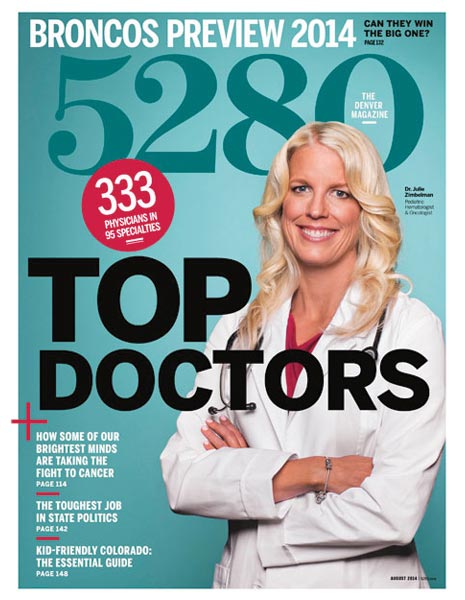The Local newsletter is your free, daily guide to life in Colorado. For locals, by locals.
The Colorado Rockies played their first-ever home game on April 9, 1993, at Mile High Stadium in front of 80,227 fans—the largest crowd, at that point, to watch a baseball game. After an uneventful top of the first inning, Rockies leadoff man Eric Young situated himself on the left side of the plate and worked the count full. The 26-year-old second baseman wasn’t known for his strength, so what happened next was particularly unexpected. Young muscled a high and inside pitch out over the left field fence. He trotted around the bases, high-fived his teammates, and grinned. I watched it all from a few miles away in Aurora, seated on the couch at home next to my dad. I was six years old, just about the age when kids start giving up cartoon heroes like Superman for real-life ones. Enamored with Young’s grace at the plate and easy smile, he became my favorite baseball player.
Young would spend the next five seasons with the Rockies before moving on to the Dodgers, Cubs, Brewers, Giants, Padres, and Rangers. I was only in Colorado for one more year, though; when I was seven, my dad’s career took us to Chicago. But I never stopped following Young. On Sunday mornings, my father and I would check the box scores to see how Young had played. I carried his baseball card in a cracked plastic case in the back pocket of my softball uniform. I even bought the baseball cap of whatever team Young played for, even though I’d become an unwavering Cubs fan.
Young quietly retired from baseball in 2008. Throughout his 15-year career, I’d only managed to see him in person once: on a summer visit to Colorado in 1996. I tried to see him again in 2003, when he was with the Brewers, but Young was traded the day before the game. We still made the two-hour drive from Chicago; I wore a homemade “Where’s EY?” T-shirt.
Eleven years later, I found him in Denver. The Rockies hired Young this spring as a first base coach, adding another former local star to a staff that already included manager Walt Weiss. After hearing of Young’s hiring, I emailed the Rockies to see if I might finally meet (and interview) the man I had admired for three-quarters of my life. A day later, the Rockies’ vice president of communications, Jay Alves, responded: Yes.
When I arrived at Coors Field, Alves escorted me to the dugout. My legs dangled off the bench as I waited for Young and worried, suddenly, that he might not live up to the lofty expectations I had set so many years ago. That the glow of that distant April day might fade beneath the harsh light of reality. After all, today’s sports heroes are routinely arrested for DUIs, fighting, and even domestic abuse.
Minutes later, Young skipped up the dugout steps, hustled over to me, and extended his hand. He smiled, just as he did after hitting that home run, and I was transported back 21 years to my Aurora living room. We began by talking about his new position and his return to Denver. Then I asked him about that day in ’93. Shortly after, in a tumble of words, I explained my two decades of fandom, my failed attempts to see him play, and my elation at his return to Denver. Young listened patiently to my monologue.
“I wish you’d have sent me a letter,” he said when I’d finished. He explained that during long road trips, when he was away from his family, he’d sort through his fan mail on the plane, running his hands over each envelope, feeling for the thin ones, the ones that contained a single piece of paper. “Those were the ones from kids who wanted nothing more than to tell me that I was their favorite player,” Young said, smiling wistfully. Turns out that while all kids need heroes, athletes like Young need their own little heroes, too.
As our time together wound down that afternoon, we posed for a photograph. Young swung his arm around my shoulder, and with the click of the camera, I finally captured a moment I’d been chasing for more than two decades.









